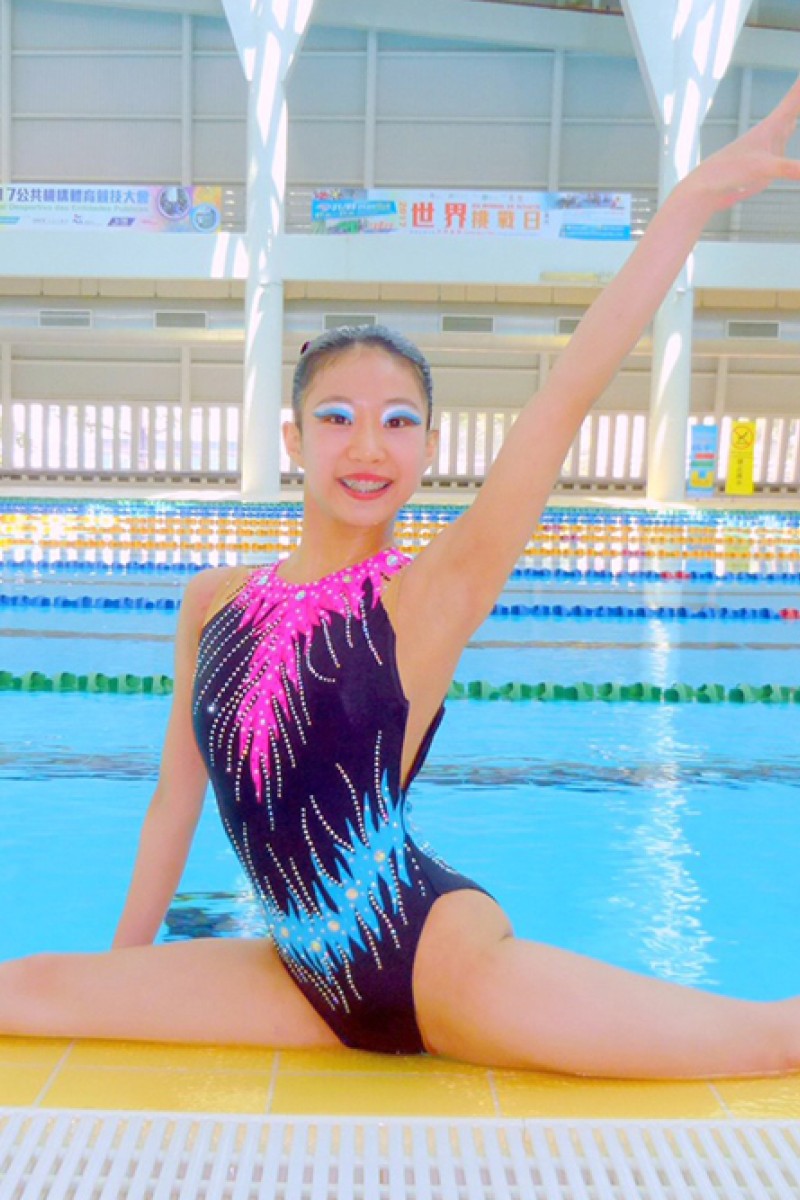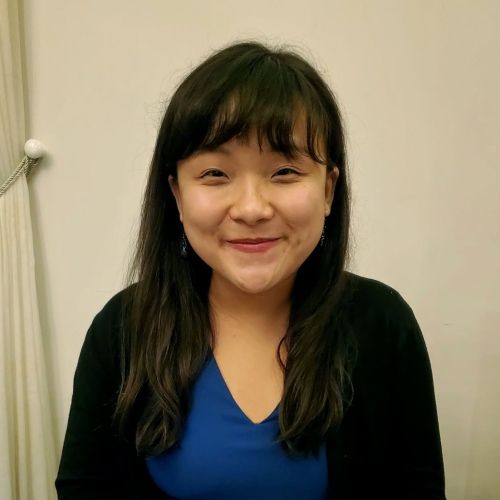
Sync or swim? Synchronised swimmer Christie Poon from GSIS can do both
The 15-year-old German Swiss International School student is making waves ahead of competing in the 17th Fina World Championships 2017 in Hungary
 Christie is ready to impress at the world championships in Hungary this month.
Christie is ready to impress at the world championships in Hungary this month.We’ve all seen skillful synchronised swimming teams at the Olympics, but did you know there’s a solo category, too?
Christie Poon Chi-kiu, 15, from German Swiss International School, represented Hong Kong and won silver medals in two solo synchronised swimming events – solo routine and solo figure – at the 17th Macao Age Group Synchronised Swimming Championships 2017 in May 26-28.
Her overall performance also led to a silver trophy for individual all-round synchronised swimmer, the competition’s top title.
The youngest swimmer in the 16-18 age group, Christie first tried the sport at the age of nine.
Since then, she has fallen in love with everything about it, from the sparkling swimsuits to training with friends.
Young Post talked to the Hong Kong Synchronised Swimming Team member who will be representing her home at the 17th Fina World Championships 2017 in Budapest, Hungary, on Tuesday.
Not as easy as it looks
“Synchronised swimming is a unique
sport … It’s a fusion of many things: swimming, dancing and gymnastics,” Christie explained.
“We may make it look easy, but it’s not;
it requires a lot of athleticism,” she added. “You need a lot of endurance and good control of your breathing, especially.”
For readers less familiar with this aesthetic sport, Christie explained it is like doing any other sports, but while holding your breath.
“One second you’re upside down, the next you have to come back up,” described Christie, who trains 10-12 hours a week.
On top of getting used to not breathing for prolonged periods, the mermaid has to
focus on flexibility, an essential part of getting the synchronisation right.
So even though a routine usually lasts just two to three minutes, it is extremely physically demanding and requires continuous multi-tasking from the performer.
“But it’s all worth it in the end, when it looks nice and pretty,” she smiled.
Are two heads better than one?
The differences between a solo and a duet, Christie revealed, is most noticeable in the form of expression and practise time.
“When it’s a solo, you have to be more dramatic, and it includes all your facial expressions and movements,” she said, explaining that it is essential when you are the centre of attention in an Olympic-sized swimming pool.
But a solo figure competition, as opposed to a solo routine, does not require all the fancy suits and glitter. Rather, it looks at the “posing, positions, and getting the techniques right” ... all without music.
Christie explained that duets take a lot more time to practise for because you are not only synchronising with another person and music, but also paying attention to the spacing.
“We get really, really close together,” she said. “They also have highlights, combined moves, and lifts, which you can’t do in a solo.”
Working together
Having devoted herself to synchronised swimming for seven years, Christie has learned a lot of important lessons, all of which can be applied to real life. These include how to persevere and endure in the face of adversity, as well as embracing the spirit of sportsmanship.
Most of all, she treasures the everlasting friendship that she has built with her teammates along the way.
“In solo, we’re competing as individuals, and we’re competing against each other. But in the next second, we’re competing with each other,” Christie said.
This is the main reason why she and her “frenemies” know each other so well, and are all very close.
Christie is participating in Hungary with her team mate Haruka Kawazoe, 16, from South Island School.
The duo will compete in two events: technical duet, which requires movements or elements to be performed in a certain order; and free duet, which welcomes a freer choreography.
“We are competing against professionals who train 10 hours a day,” said Christie, who really started training intensively after finishing her last iGcse exams in mid-June.
Making her mark in the sport
She may be the youngest member of the national squad, but she intends to prove a point and do her best against other international synchronised swimmers, who have an average age of 20.
“It’s my first world-class competition,” she said, adding that the experience will definitely help her for future events.
“The next step after these World Championships would be the 2018 Jakarta Asian Games, and I’m aiming for that,” Christie said confidently.
Her ultimate goal, like many athletes looking to make their mark in the sports world, is the Olympics.
“Hong Kong has never been to the Olympics in synchronised swimming, so I hope to get there [one day],” she said.
